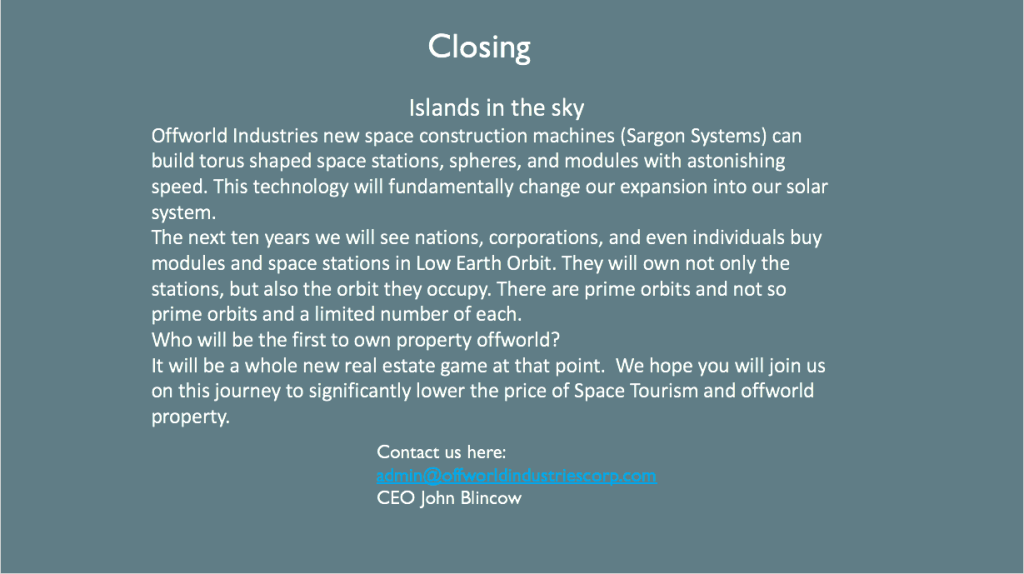The Problem
The problem: We all want to visit space in our lifetime.
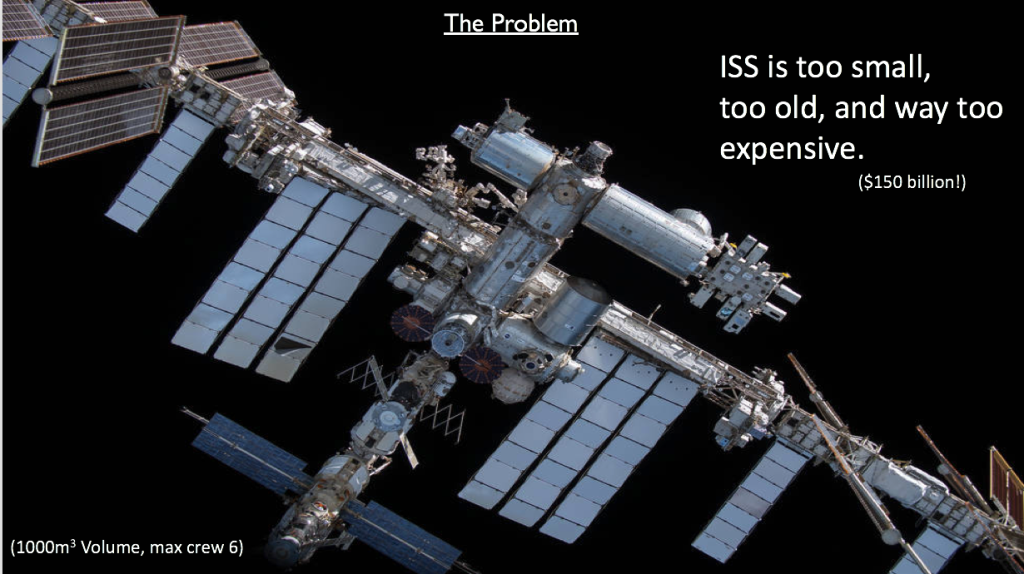
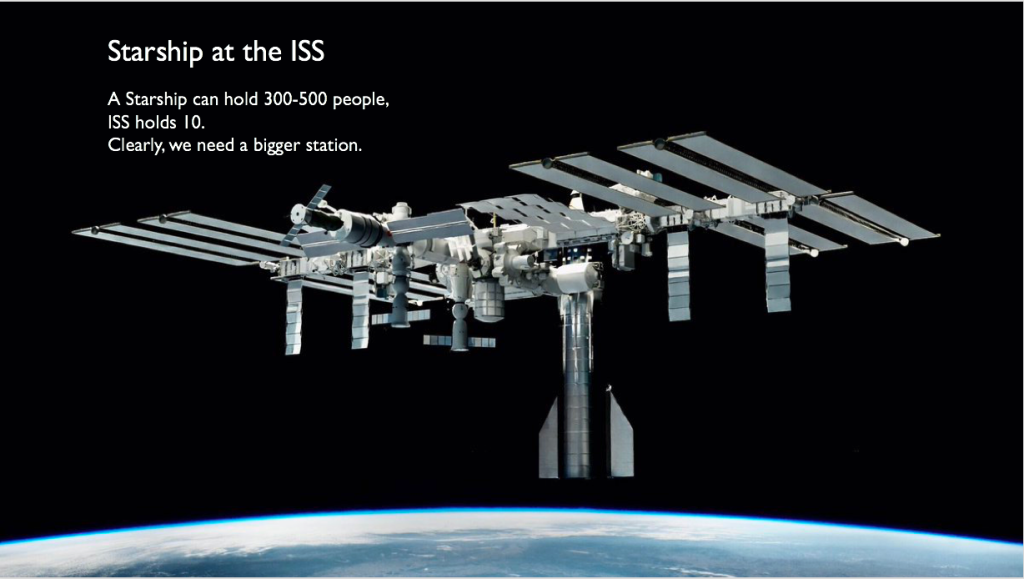
How do we solve the problem? What NASA is doing is not going to get us there. The international space station is small. The follow-on ideas they are funding are small too. The solution is to think bigger, just like we have with aviation. We have big airports and big jets to take people all over the world. For around $1000 you can fly to any point on earth and back. Going to space will never be that cheap, but it will come down to something affordable in our lifetime – if we are willing to start thinking bigger.
The Solution
Building big space stations fast will bring down the price to visit space very fast. The more stations we can build, the faster the price falls. How do we build big stations fast? Using automated construction technologies like the Sargon Systems Construction Ring:
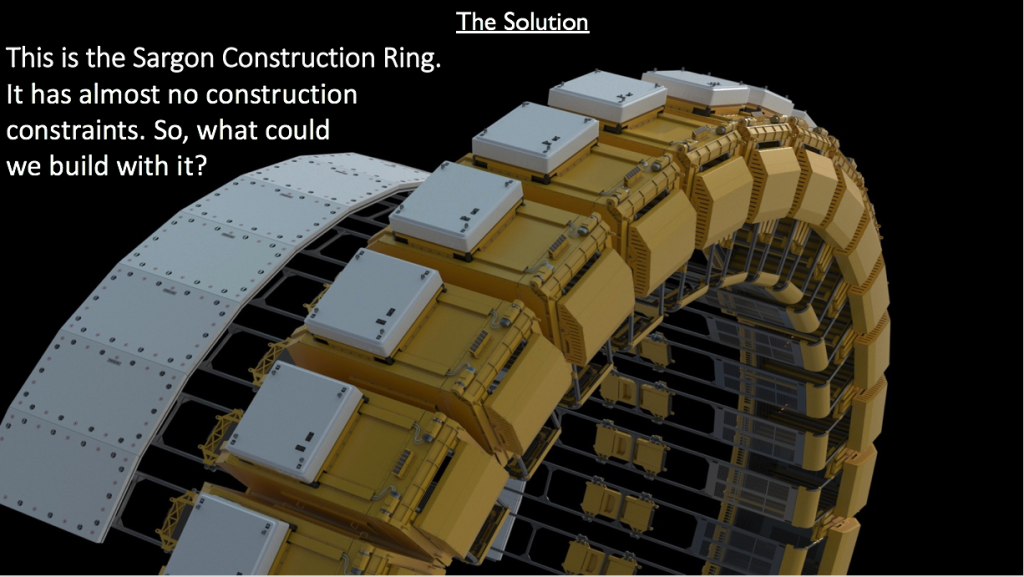
This solution offers many other benefits beyond just space tourism: Offworld production of valuable commodities, low gravity and zero gravity research stations, bases for Space Force, and more. It is the creation of a whole new industry: Large-scale Space Construction. We depict this machine building a big space station like VERA, but of course, we would start smaller.
The Market
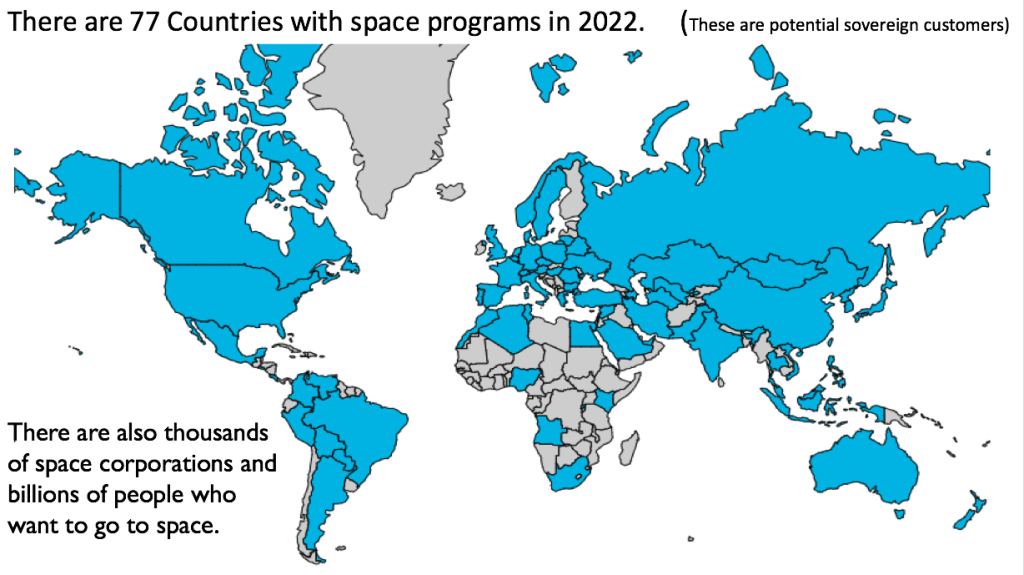
49% of Americans want to travel to space. Men are more interested in space travel than women (56% versus 44%), while interest in space tourism decreases with age (63% of Gen Zers versus 38% for baby boomers).
Nearly Half of Americans Want to Travel to Space, and Some Would Take on Debt to Make It Happen
Value penguin survey, Oct 5, 2021Step 1
The Ground Demonstrator
We will first build a small ground demonstrator to show investors that our proprietary technology works. This will involve a vacuum chamber, some AL 2219-T8 hull plates, a robotic cart on tracks, and an Electron beam weld gun. The key to this demonstration is the movement of the hull plates into the proper position for welding.

Step 2
A Flight Prototype demonstration. This test will demonstrate a full Sargon Construction ring building a 6-meter module known as the Test Module (TM). Once built and tested, we will use this module to help us build bigger modules like the Virgo Module.
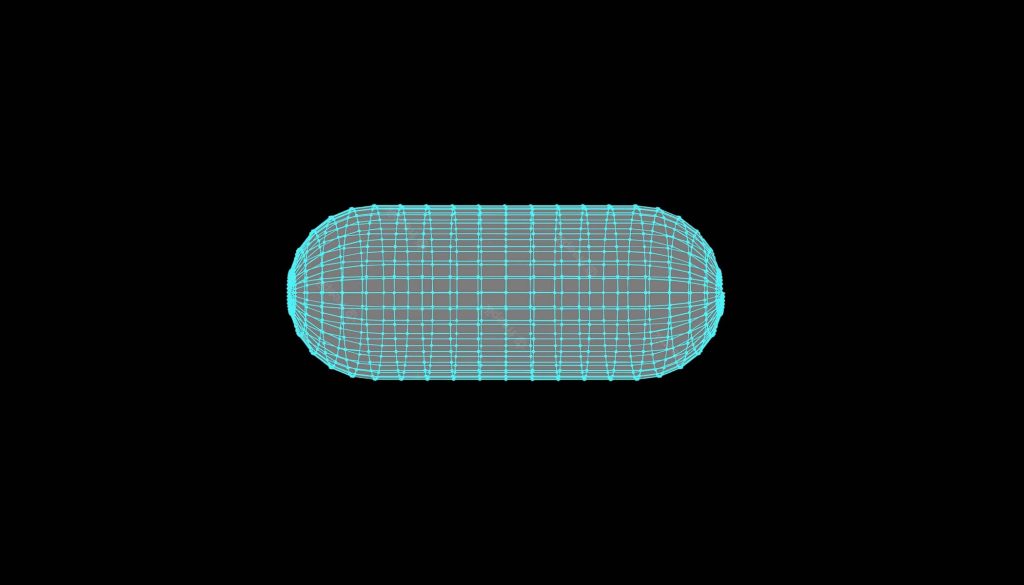
Step 3
Virgo Module
The Virgo Module is designed to become the new standard-sized module to replace the 4m modules used on the International Space Station (ISS). Each Virgo module will offer 4800m3 of volume, that is almost 5 times more volume than the whole ISS has! This module would be our first revenue-generating product that could easily hold 40 astronauts and scientists in comfort.
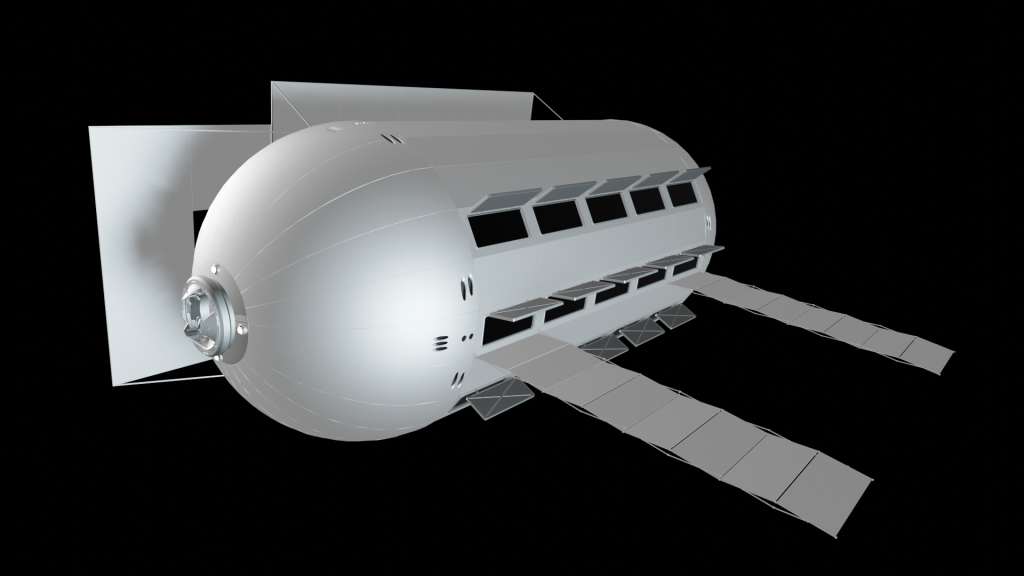
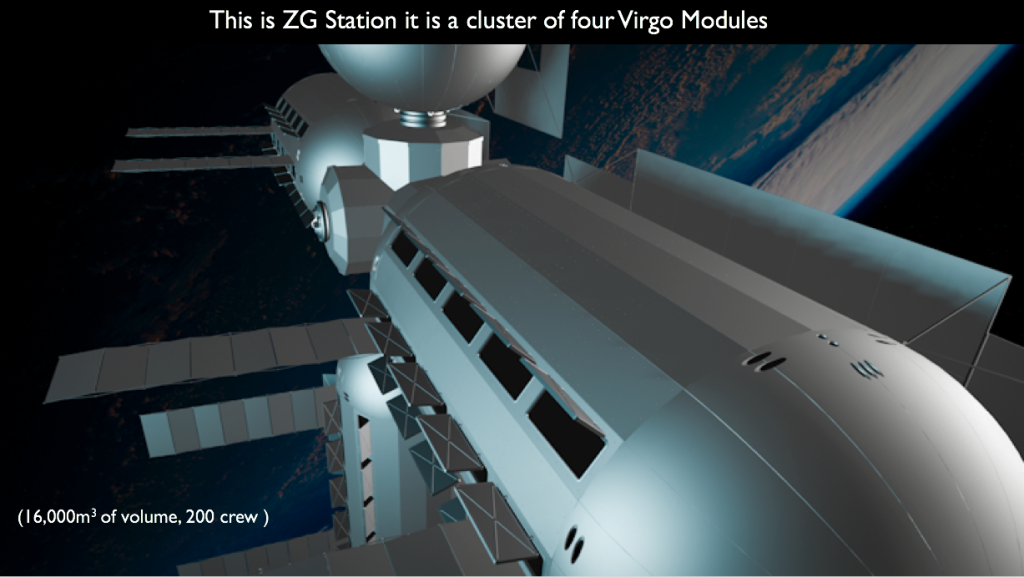
VERA Station
VERA Station will be built using the same technology used to build the TM and Virgo Module: Sargon Systems technology. But the family of machines that use this new technology will also build the interior floors, the exterior decks, the solar panels, and the hub. Only the truss structure of the hub will be built by another machine we have patented: The GSAL. VERA Station is not our goal, it is only the beginning of an era of Spaceports. Your investment in Offworld Industries will help facilitate all of this.
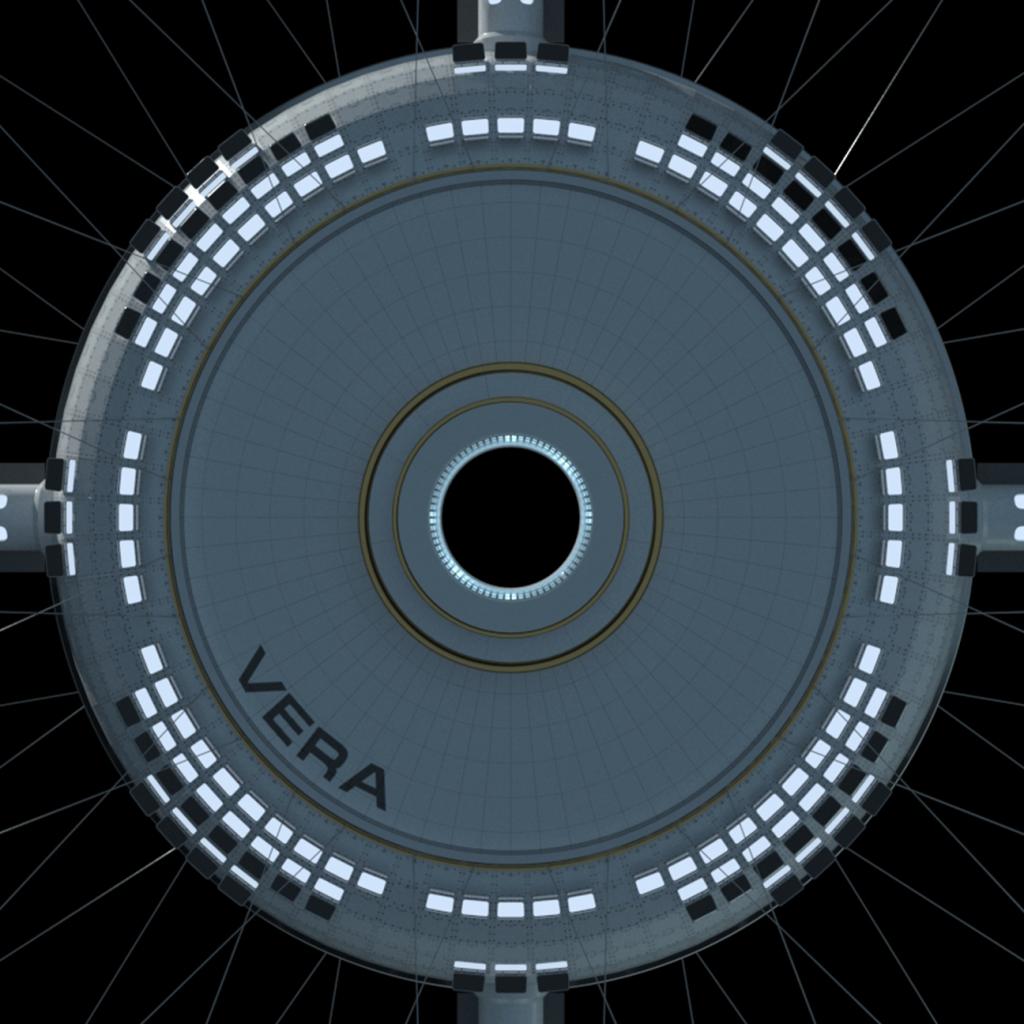
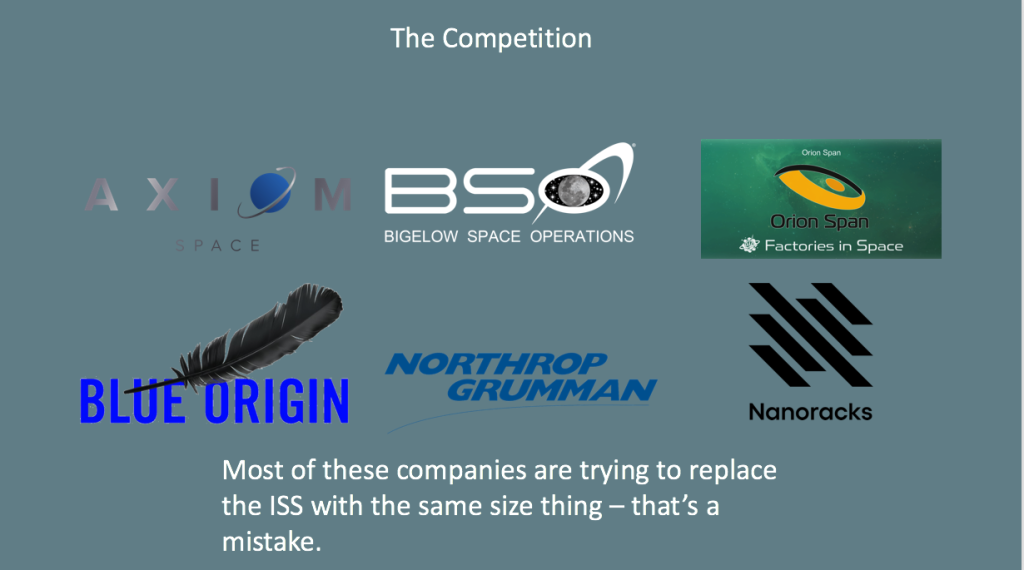
Offworld Industries is currently the only company that can create large pressurized volumes (Stations) made to order with our Sargon Systems Technology. This gives us a huge advantage in building offworld habitation for our clients.
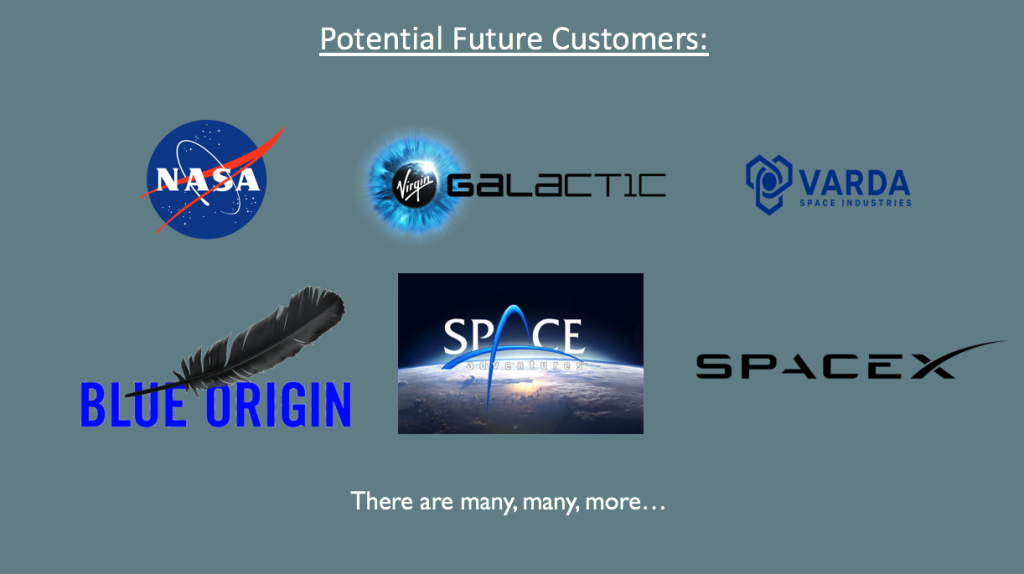
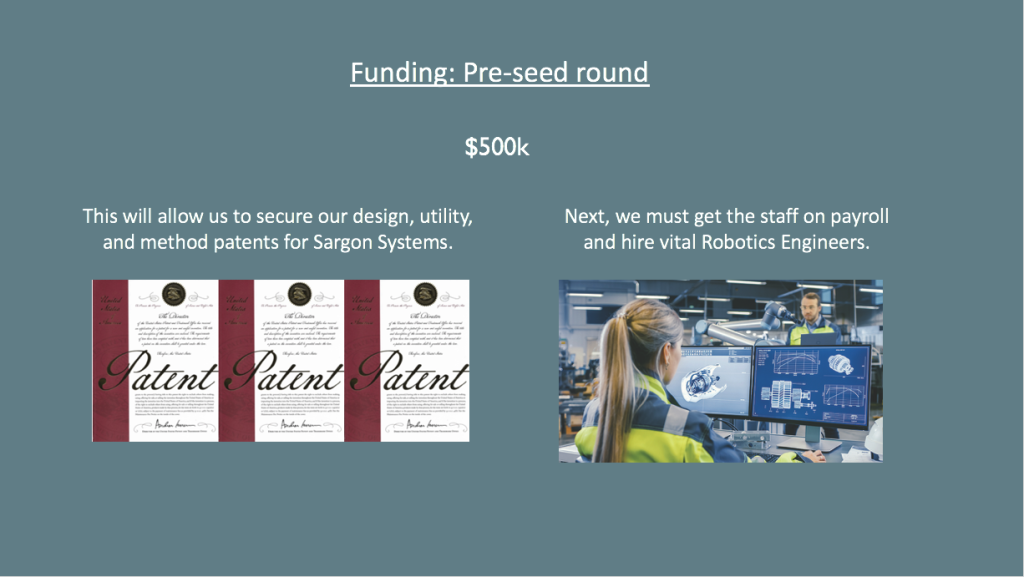
This initial round of funding will allow us to grow our company’s engineering staff so we can build the ground demonstrator and start testing. Once we have achieved that important goal, we will begin the development of the first Sargon Construction Ring. This first Continuous Volume Generator will build the TM body and attach its end cap. Building a module in this manner will be a first in history
